The Taipan is a venomous snake that lives in Australia. Researchers place these snakes in the taxonomic genus Oxyuranus. Currently, scientists recognize three separate species in the genus.
The three species are the Inland, Coastal, and Central Ranges. Each species is named for its respective range. Read on to learn about the Taipan.
Description of the Taipan
Each species is slightly different. The Inland species has dark brown scales with a black head. The Coastal species has a reddish tint to its brown scales. Finally, the Central Ranges species has light, sandy-brown scales.
Depending on the species, individuals regularly reach 5 or 6 ft. in length. The longest recorded specimen measured 9.5 ft. long, but some unconfirmed reports claim they can reach 11 ft. long!
Interesting Facts About the Taipan
Each species is slightly different from the next. Learn what makes the different species unique below.
- Coastal Taipan – The scientific community widely accepts this species as the largest species of venomous snake in Australia. Despite its massive size, this snake lets its venom do all the hard work while hunting. After striking its prey, this snake follows it until the venom incapacitates it.
- Inland Taipan – The inland species, also known as the “small-scaled” or “fierce snake,” lives in central East Australia. Its venom can kill an adult man in 30 to 45 minutes without treatment. However, this species is quite shy and does its best to escape a threat rather than fight it.
- Central Ranges Taipan – Researchers first described this species in 2007. It was another 3 years before researchers found another Central Ranges Taipan. An aboriginal community captured the snake in Western Australia.
Habitat of the Taipan
These snakes live in a variety of different habitats, depending on the species. We know very little about the Central Ranges species, but the Coastal and Inland species occupy different types of habitats.
The Inland species prefers semi-arid habitats with low rainfall. It lives in deserts, plains, and similar regions. Contrastingly, the Coastal species inhabits more tropical regions with high rainfall. It occupies rainforests, woodlands, dry forests, monsoon forests, and more.
Distribution of the Taipan
The three different species live in different regions in Australia. You can find the coastal species … you guessed it … along the coast! It ranges along the coastline of northern Australia from northeast Western Australia through the Northern Territory, and along the coast of Queensland.
Like its coastal counterpart, the Inland species also lives up to its name. This species lives in central regions of Queensland, New South Wales, and South Australia. Researchers also believe the Central Ranges species lives in inland regions of Australia, but do not have enough data to know its range.
Diet of the Taipan
These reptiles, like all snakes, are carnivores. They eat other animals, and do not eat any plants or vegetation. Their primary prey source is rodents – mostly rats and mice. However, their diet changes based on their size and where they live.
Some common prey items for the different species include rats, mice, bandicoots, birds, and more.
Taipan and Human Interaction
For the most part, these reptiles avoid interactions with humans. They are fast-moving snakes, and typically flee when a human comes too close. However, if they feel trapped or cornered, they do defend themselves. The Coastal species is more aggressive when trapped than the Inland species.
The IUCN lists the Coastal, Inland, and Central Ranges species as Least Concern.
Domestication
Humans have not domesticated this species in any way.
Does the Taipan Make a Good Pet
No, none of the three species make good pets. These snakes have highly toxic and dangerous venom, and a bite can kill you.
Taipan Care
Zoos and research facilities house these snakes to educate the public and to collect venom for the creation of life-saving antivenom. Only trained individuals handle these highly venomous snakes. They use snake tongs if they need to move the snake from its enclosure for cleaning, and to feed the snake rats and mice.
Behavior of the Taipan
Behavior varies from species to species. They are primarily active during the day, or diurnal. In extremely hot weather, these snakes move to nocturnal behavior, and forage at night.
They are most active during the early morning, when they use their keen eyesight to find prey. Once they spot prey, they swiftly strike and then track the prey down after it has died.
Reproduction of the Taipan
Breeding habits vary from species to species. In all species, the snakes lay eggs, usually underground in burrows or other hidden areas. Clutches contain about 10 or 20 eggs on average. The incubation period varies based on the temperature, but usually lasts about 2 months. Once the young hatch, they receive no parental care.


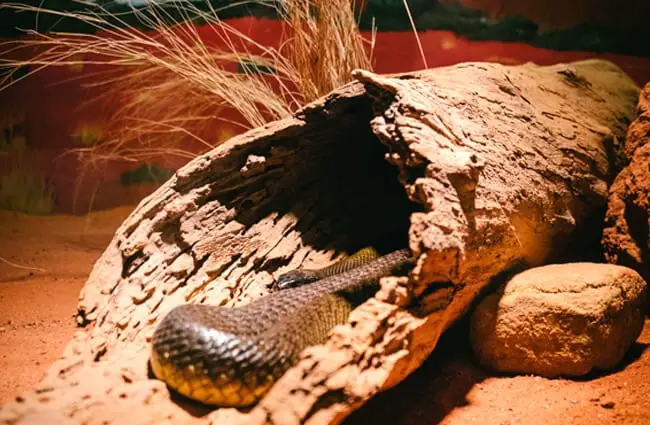
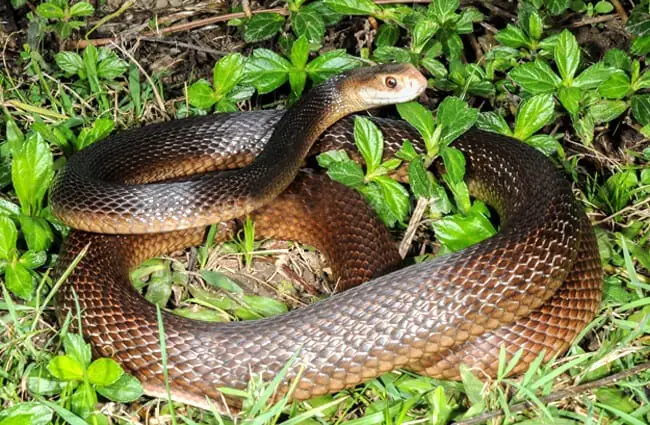
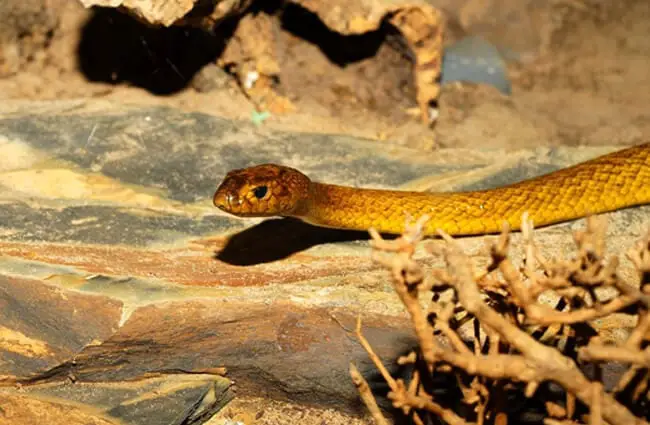


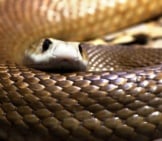


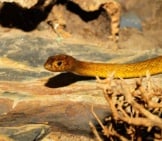
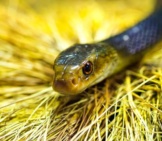
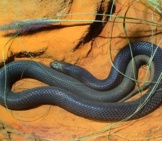
![Red Angus Closeup of a beautiful Red Angus cowPhoto by: U.S. Department of Agriculture [pubic domain]https://creativecommons.org/licenses/by/2.0/](https://animals.net/wp-content/uploads/2020/03/Red-Angus-4-238x178.jpg)












![Red Angus Closeup of a beautiful Red Angus cowPhoto by: U.S. Department of Agriculture [pubic domain]https://creativecommons.org/licenses/by/2.0/](https://animals.net/wp-content/uploads/2020/03/Red-Angus-4-100x75.jpg)

